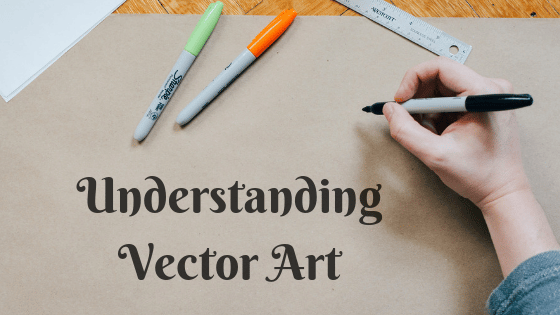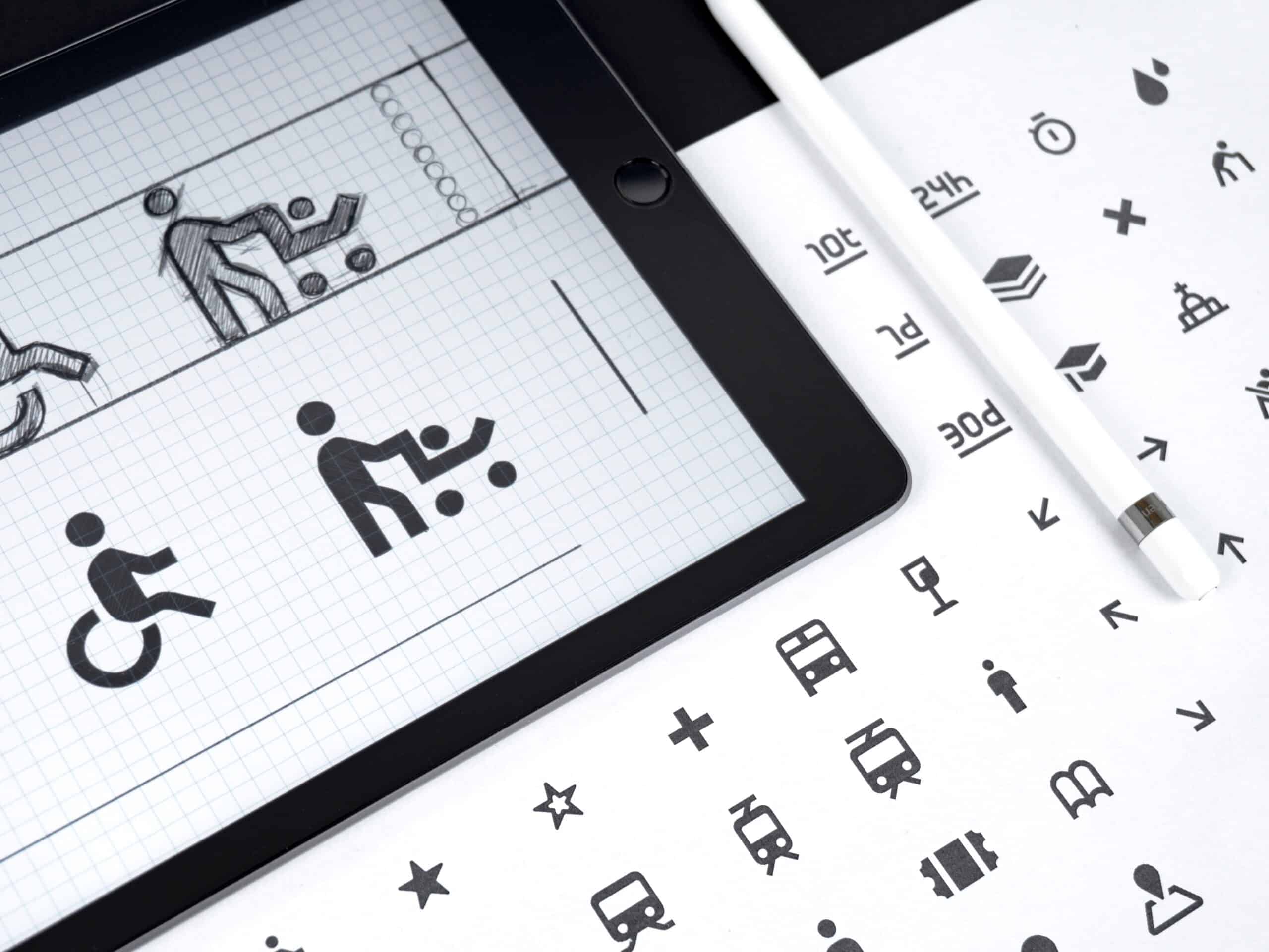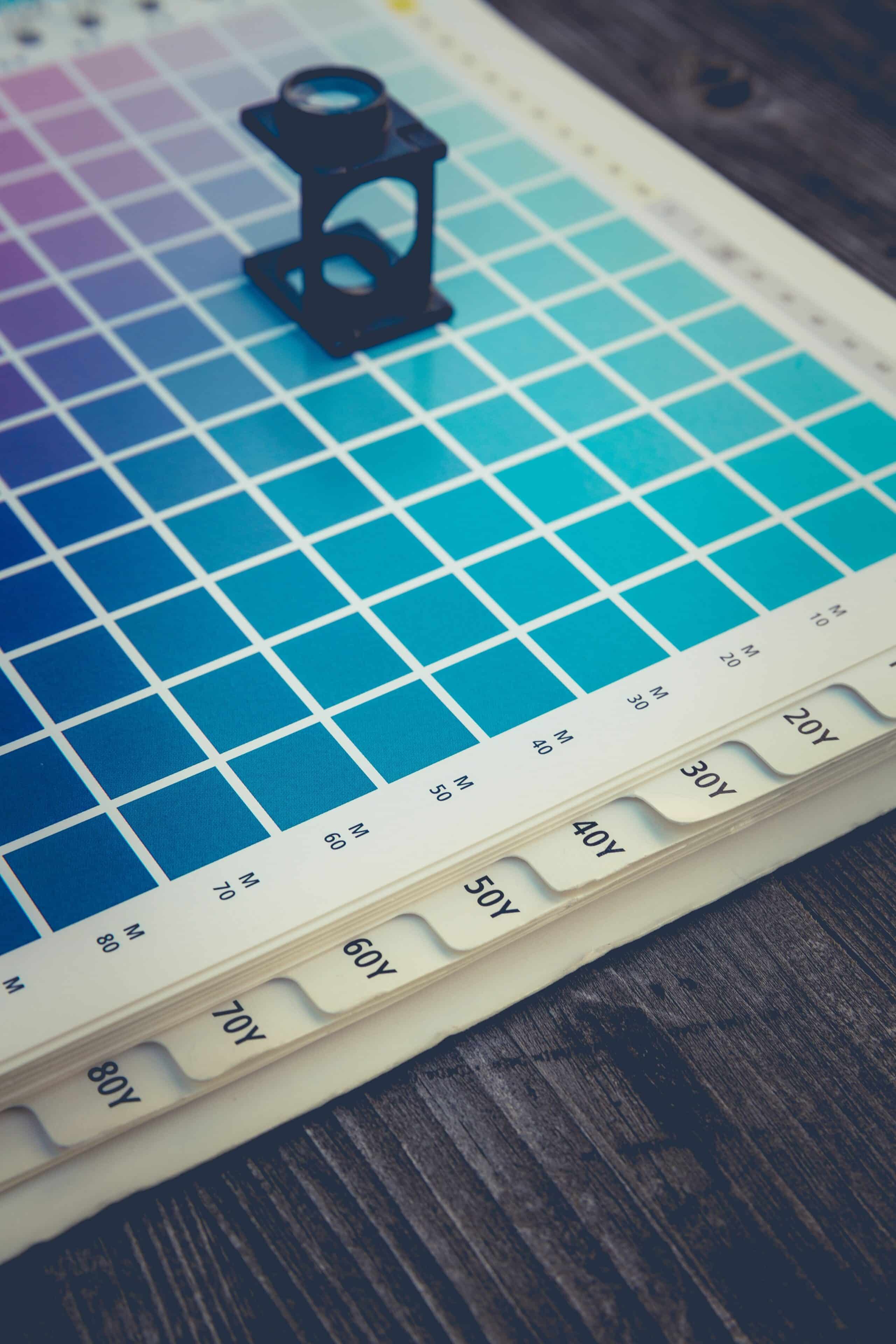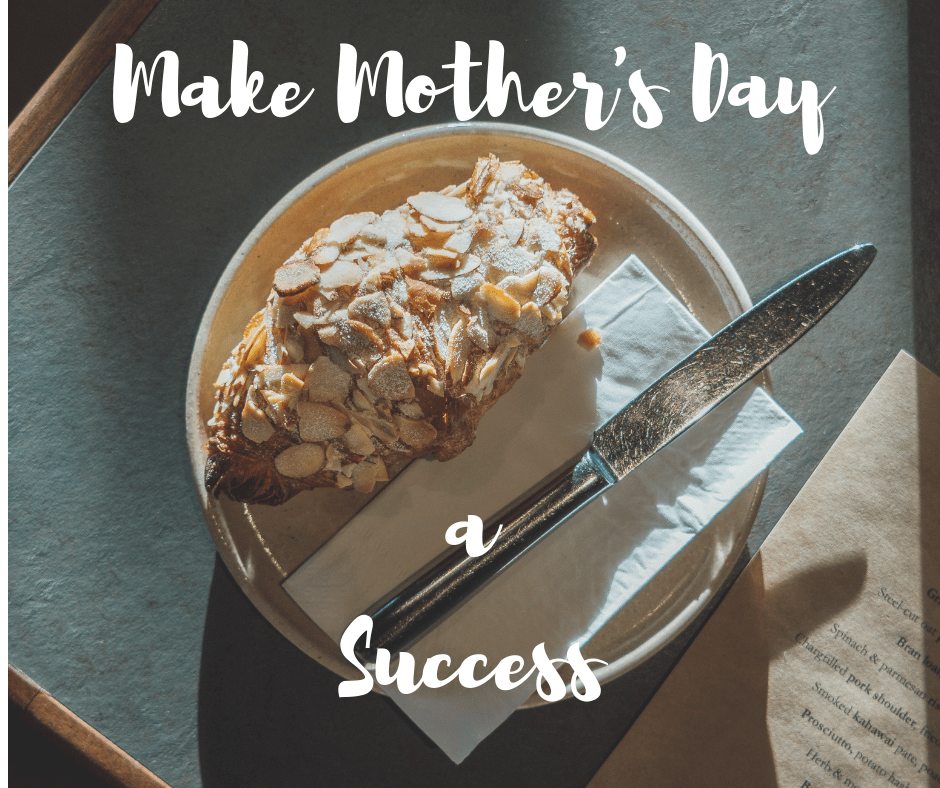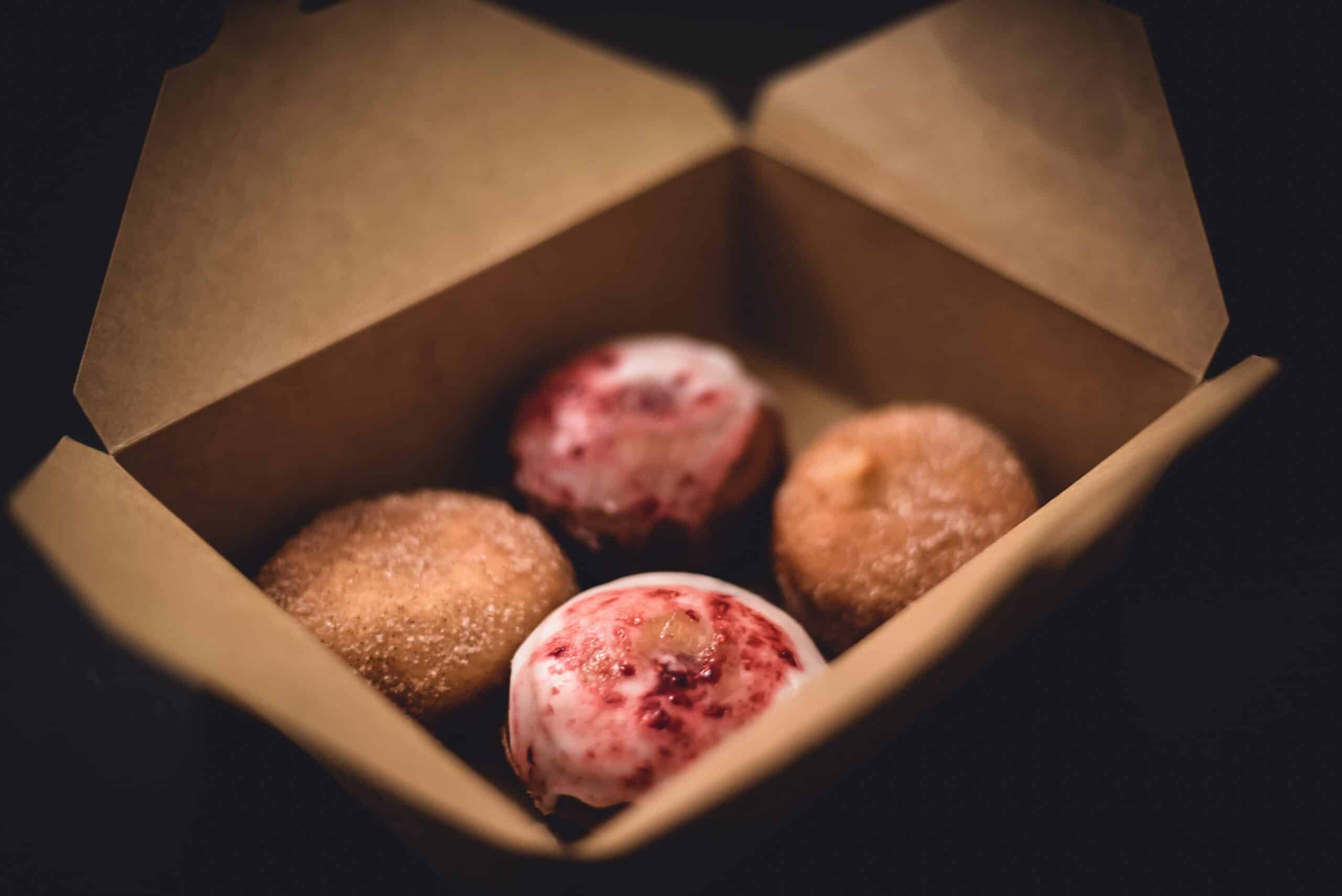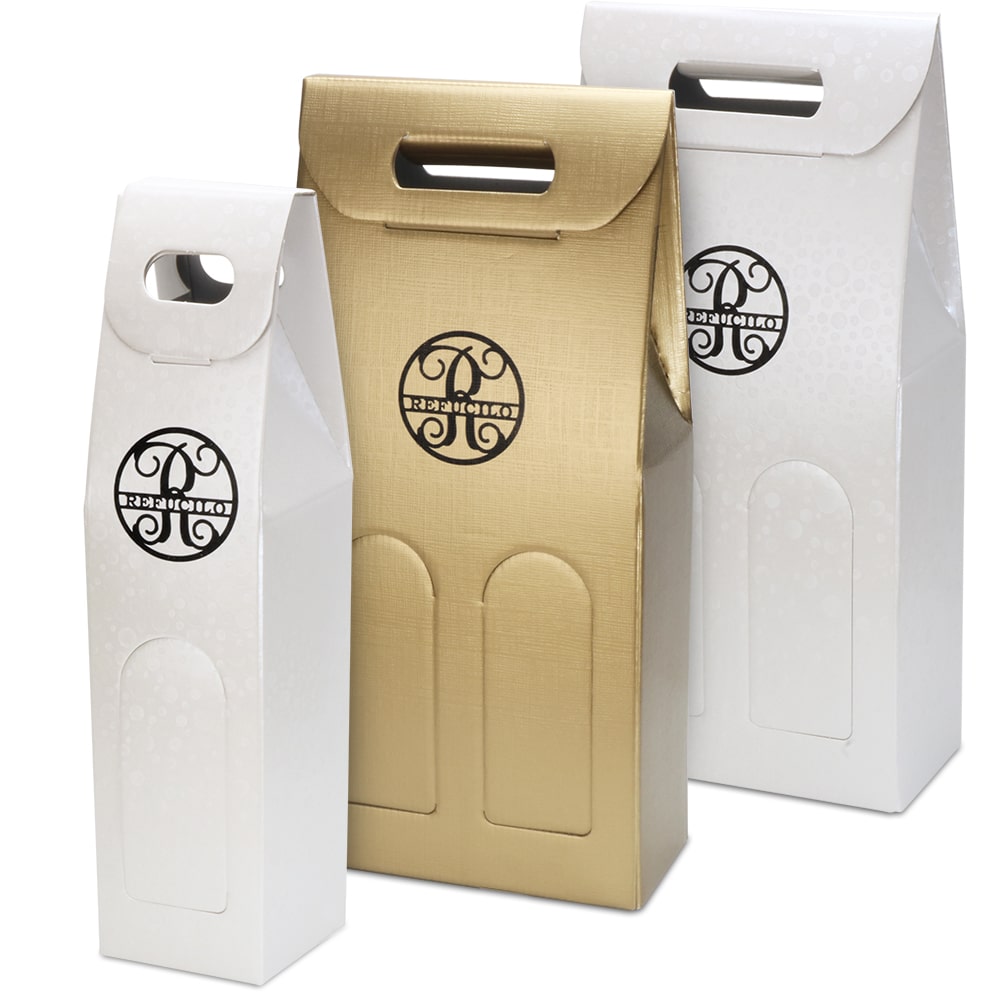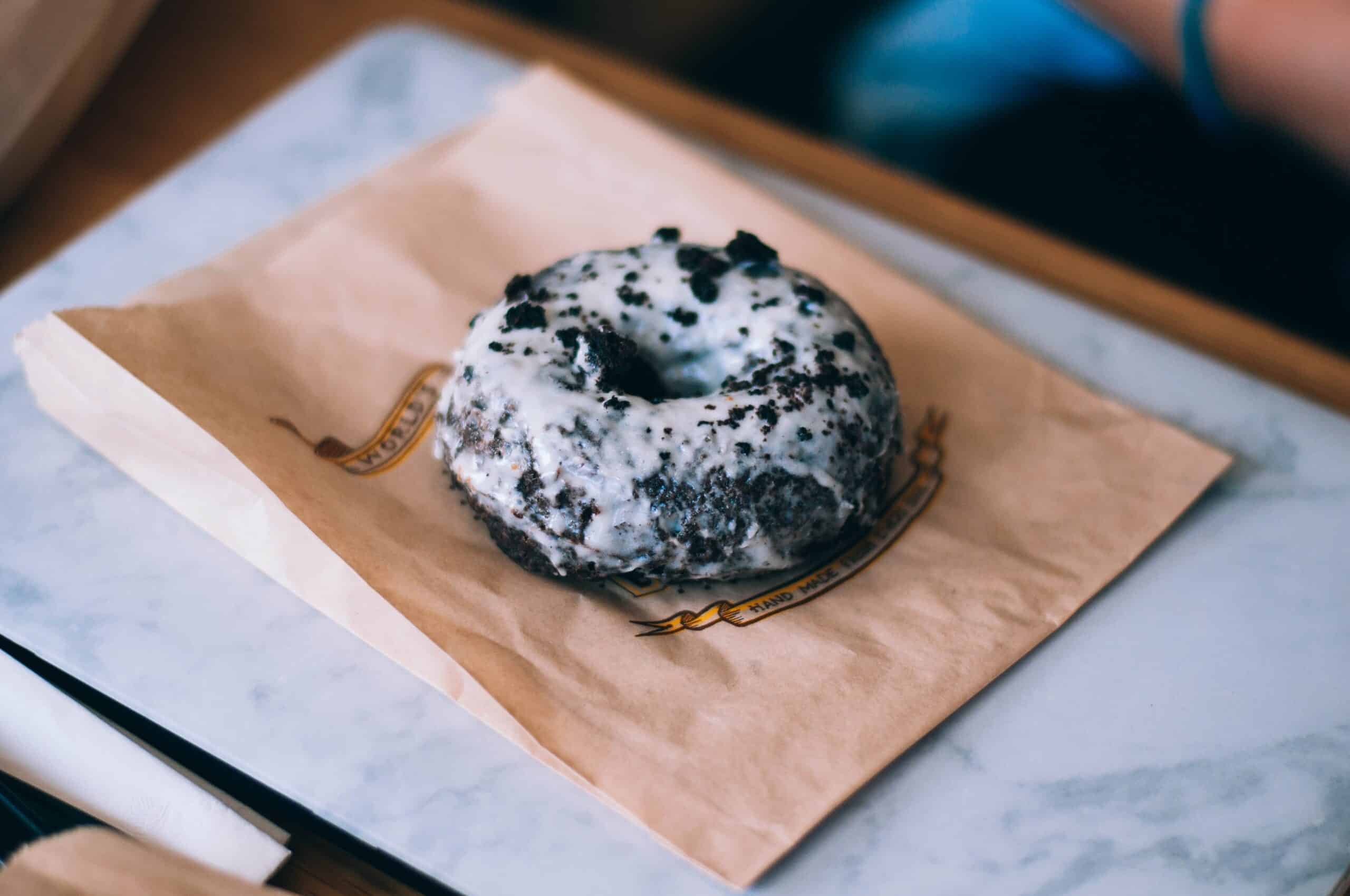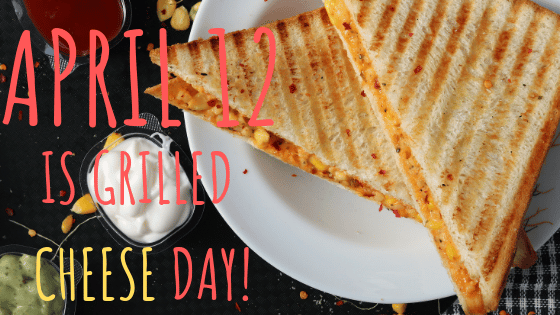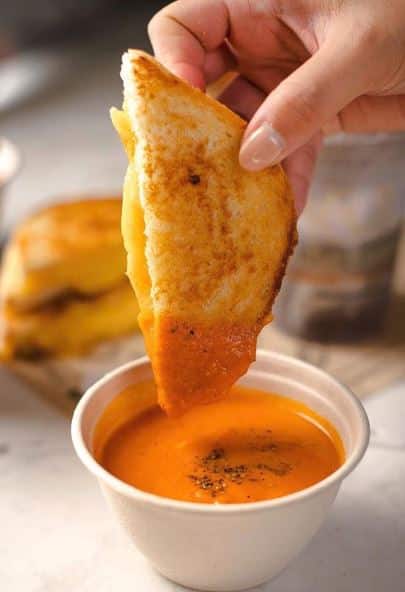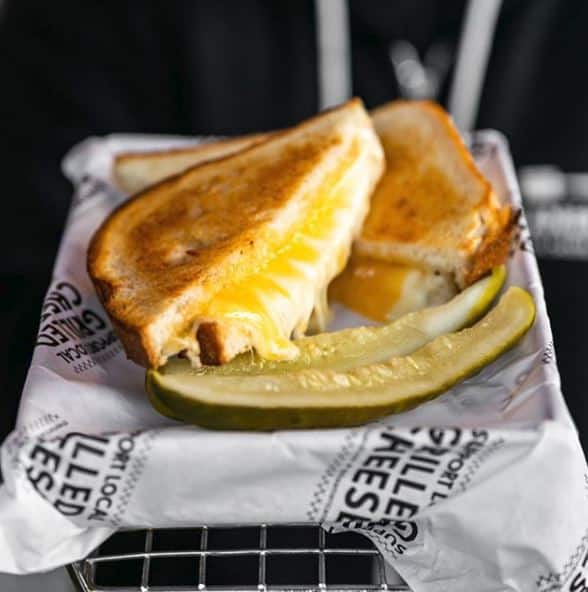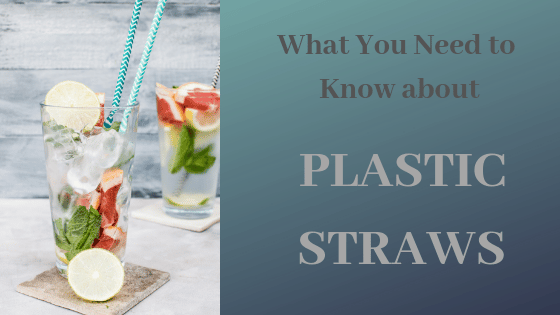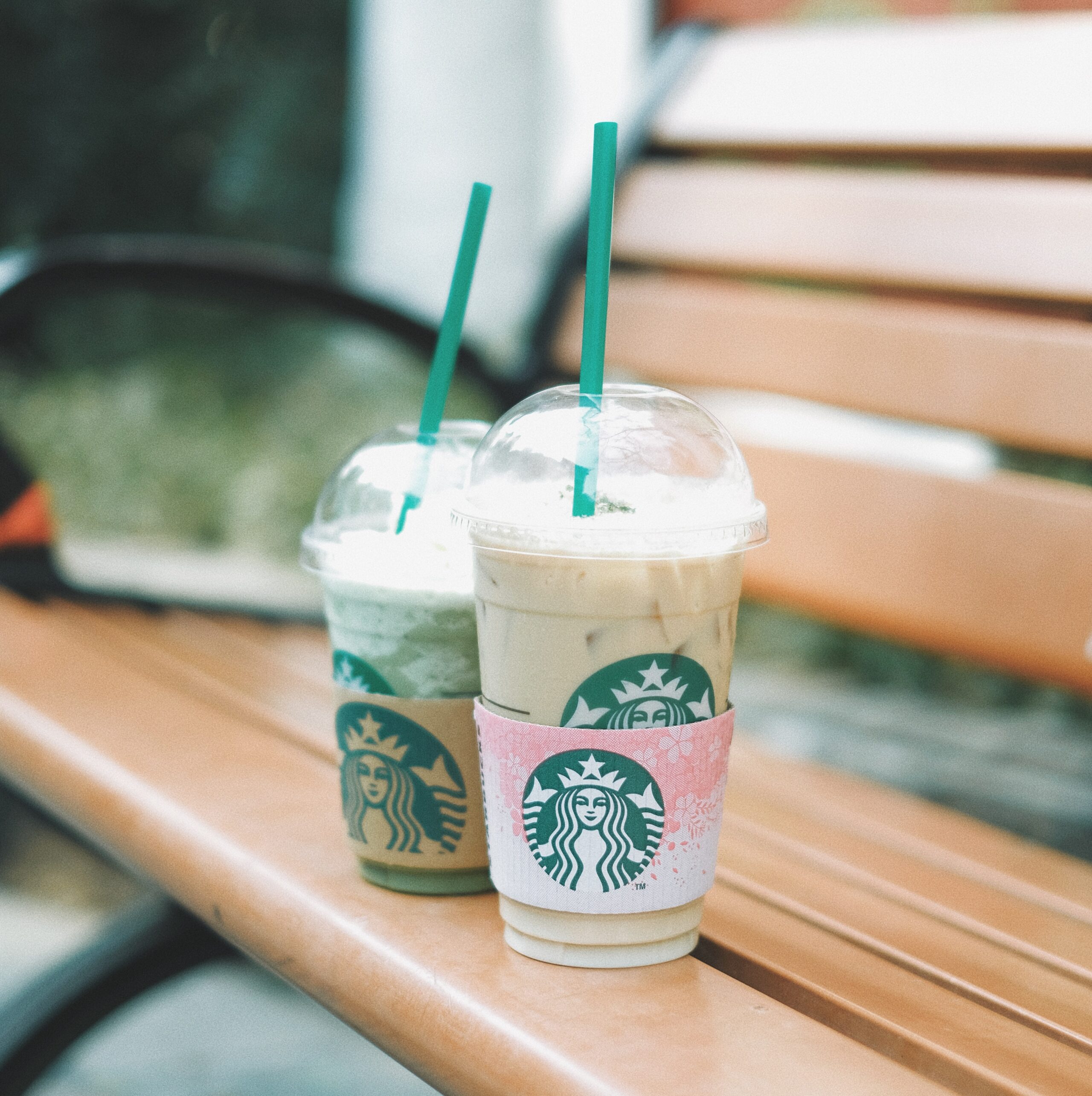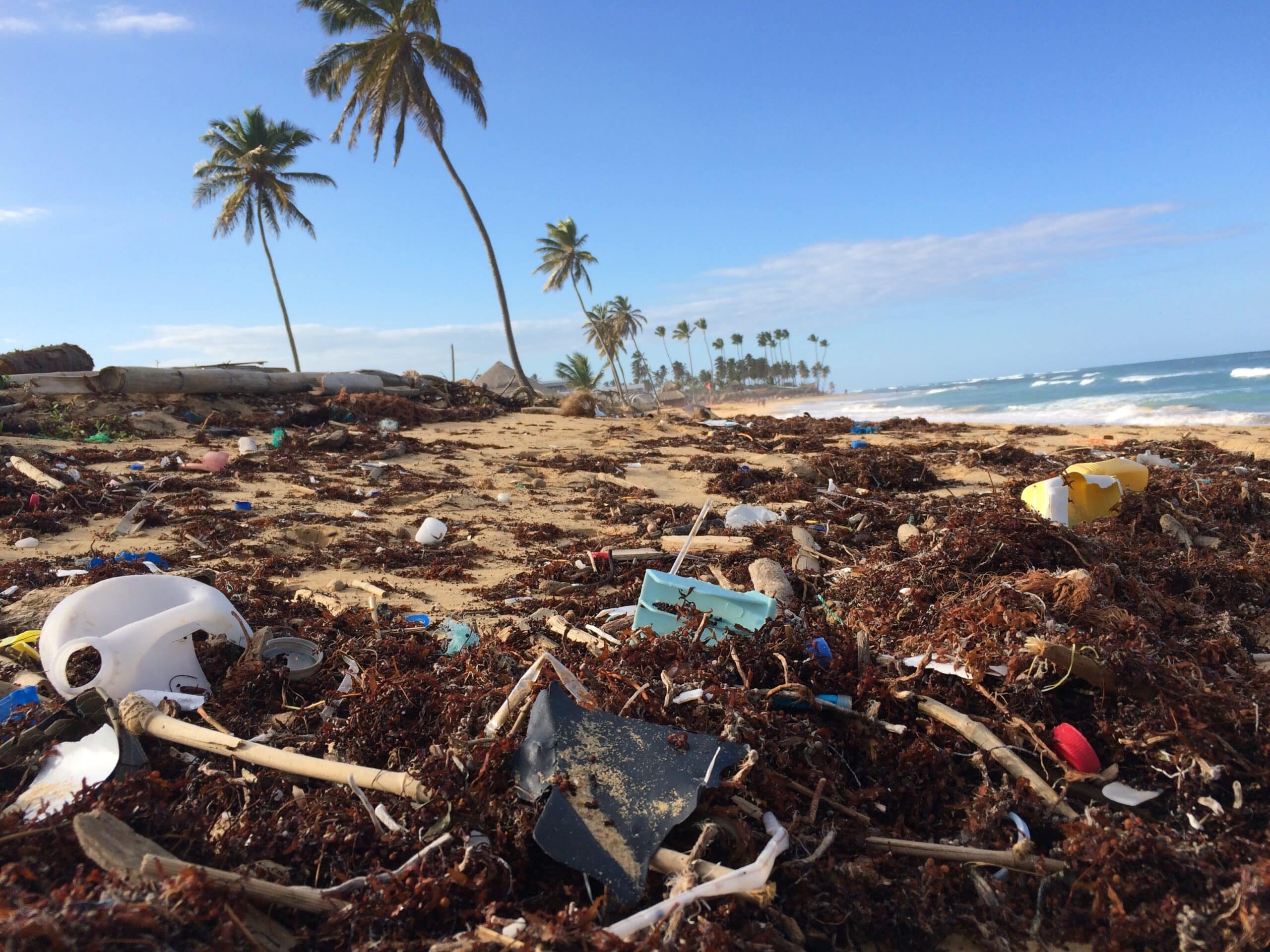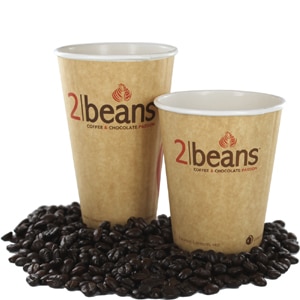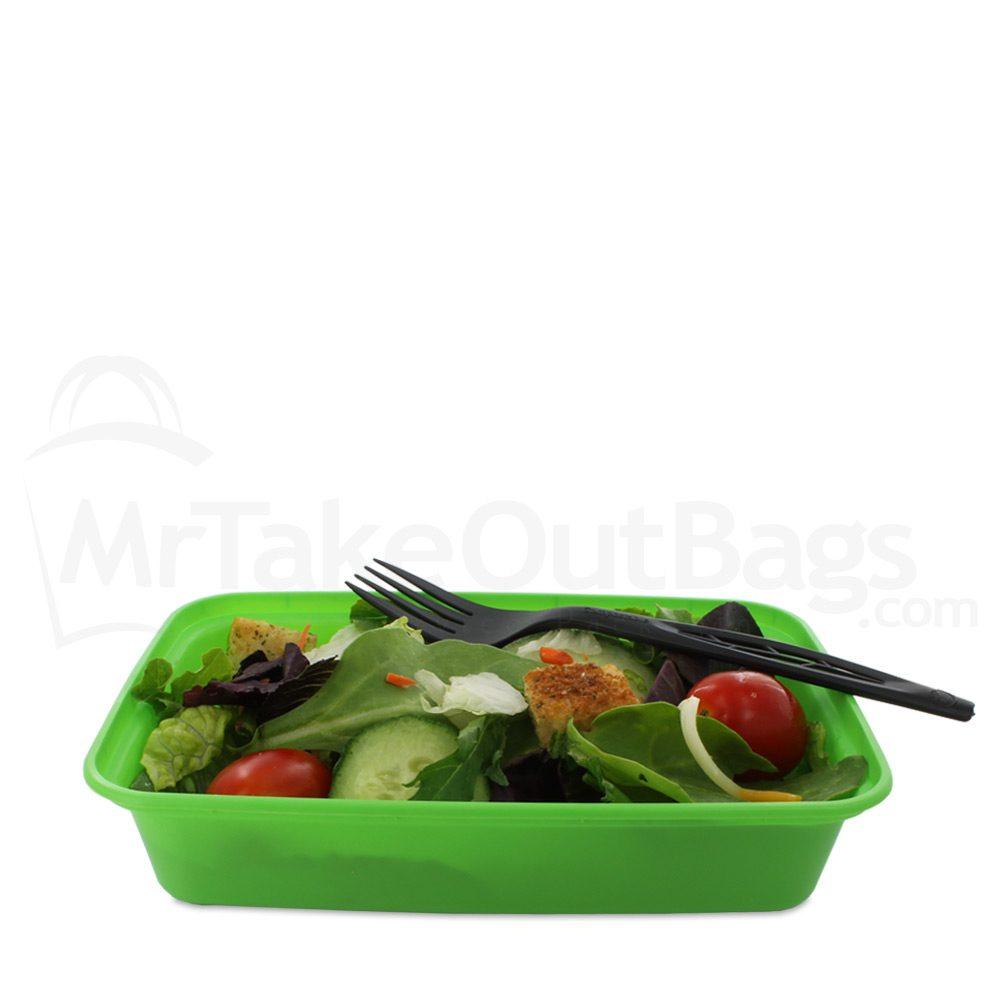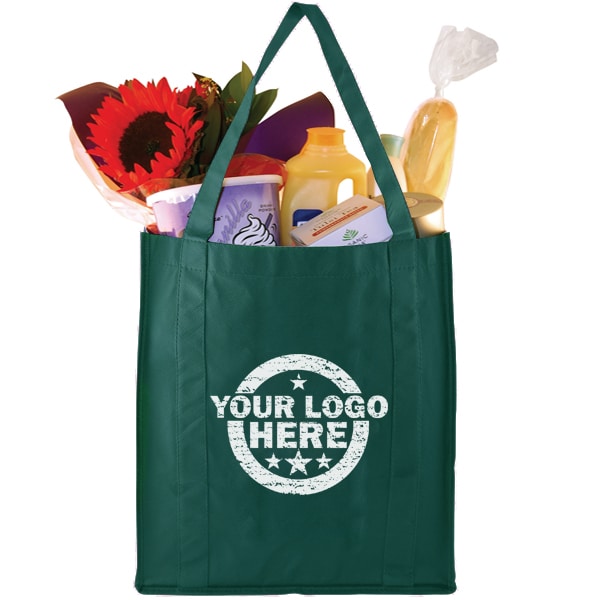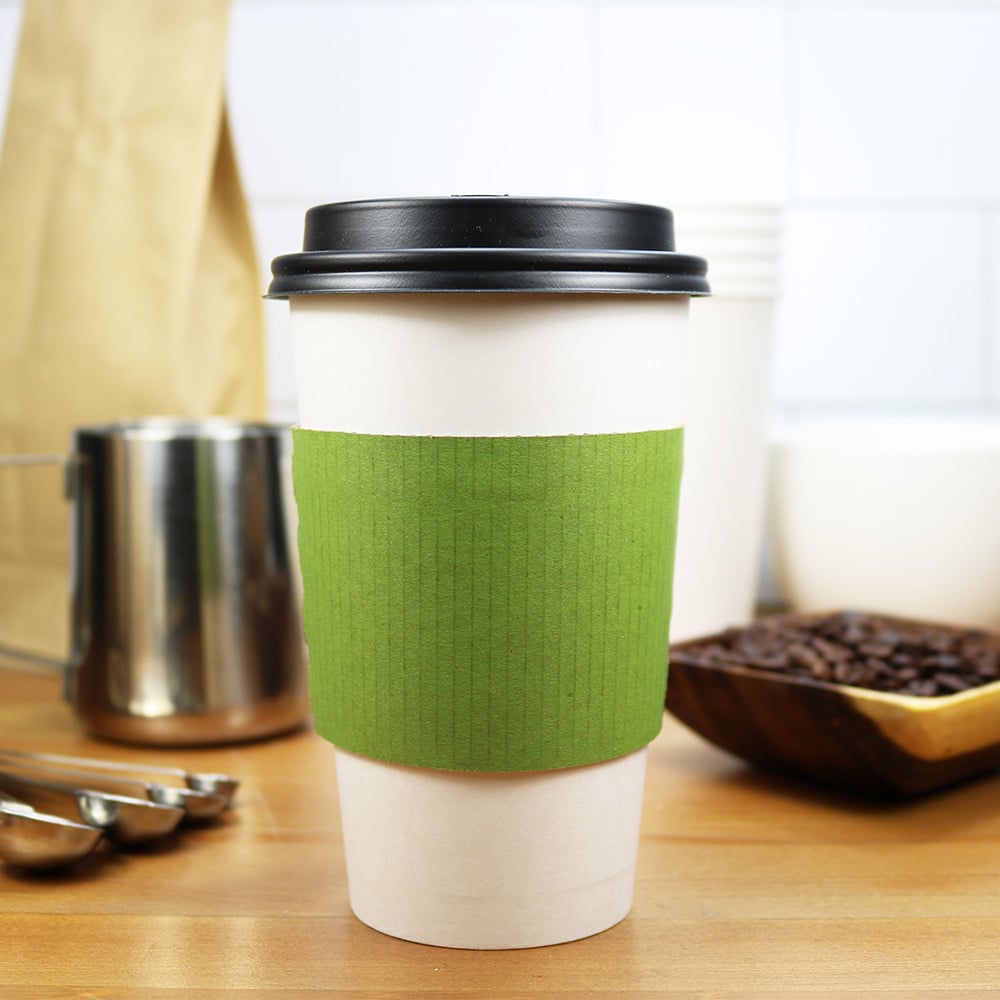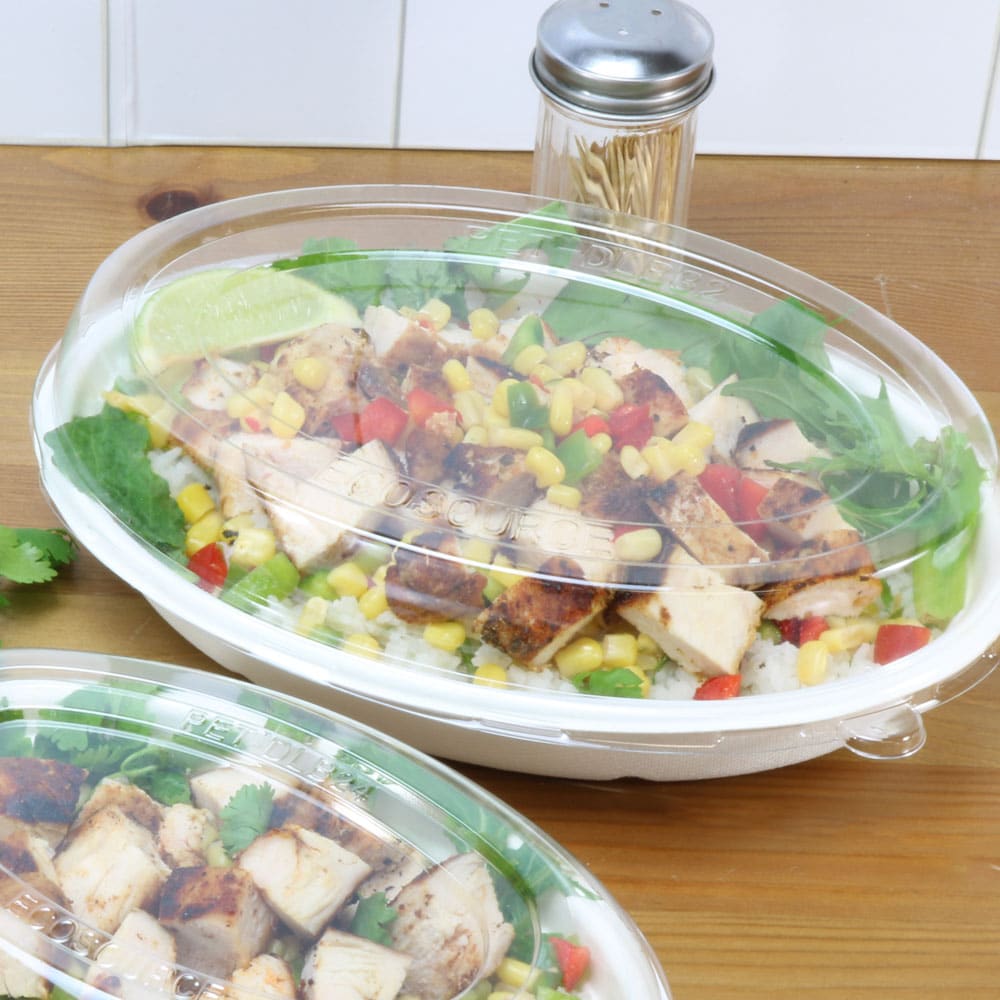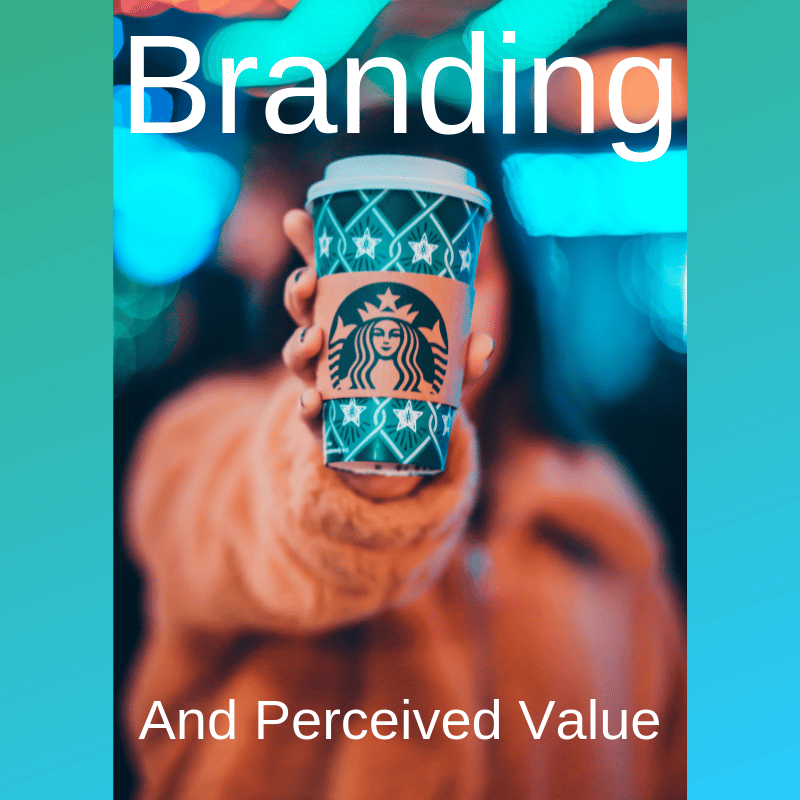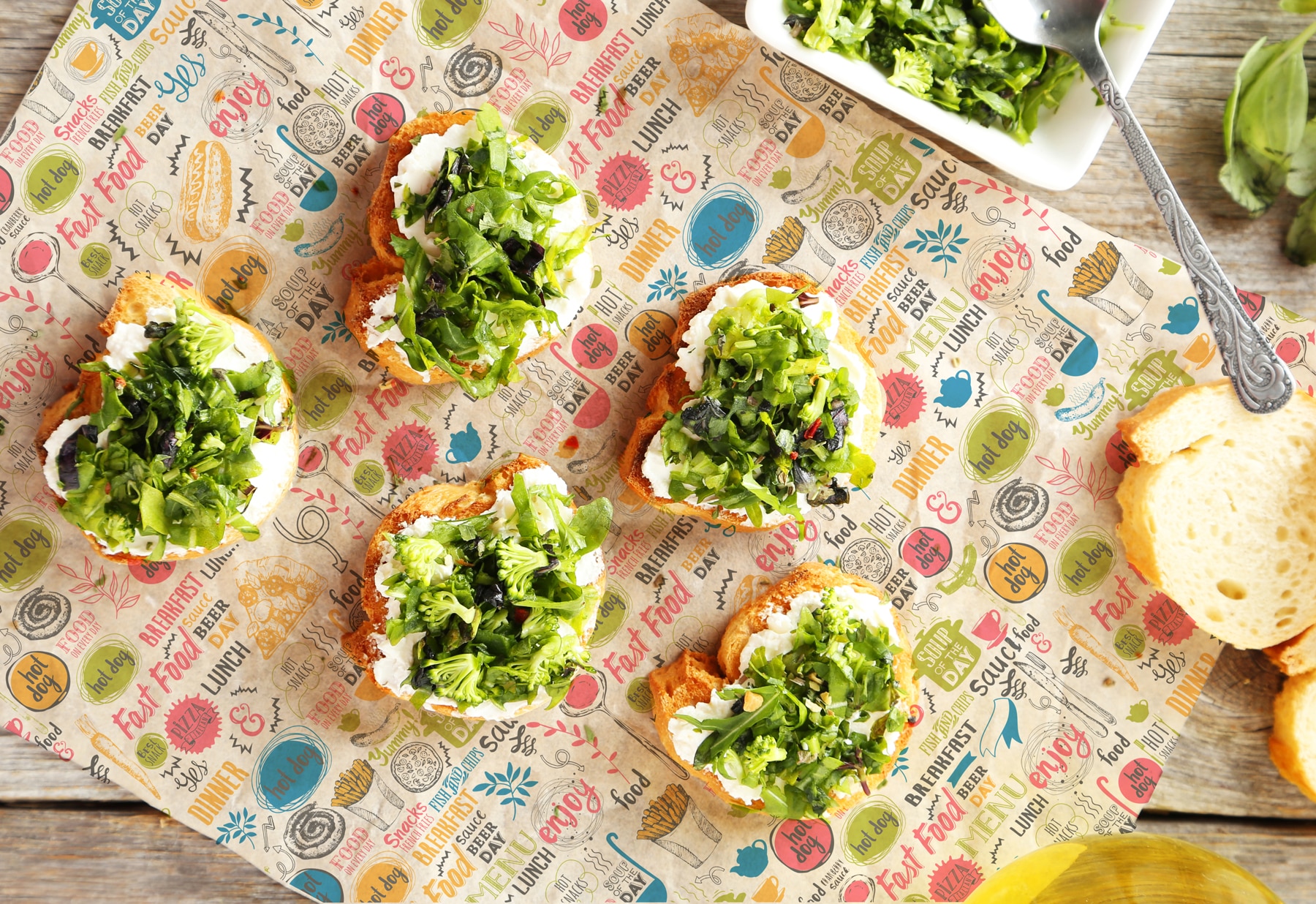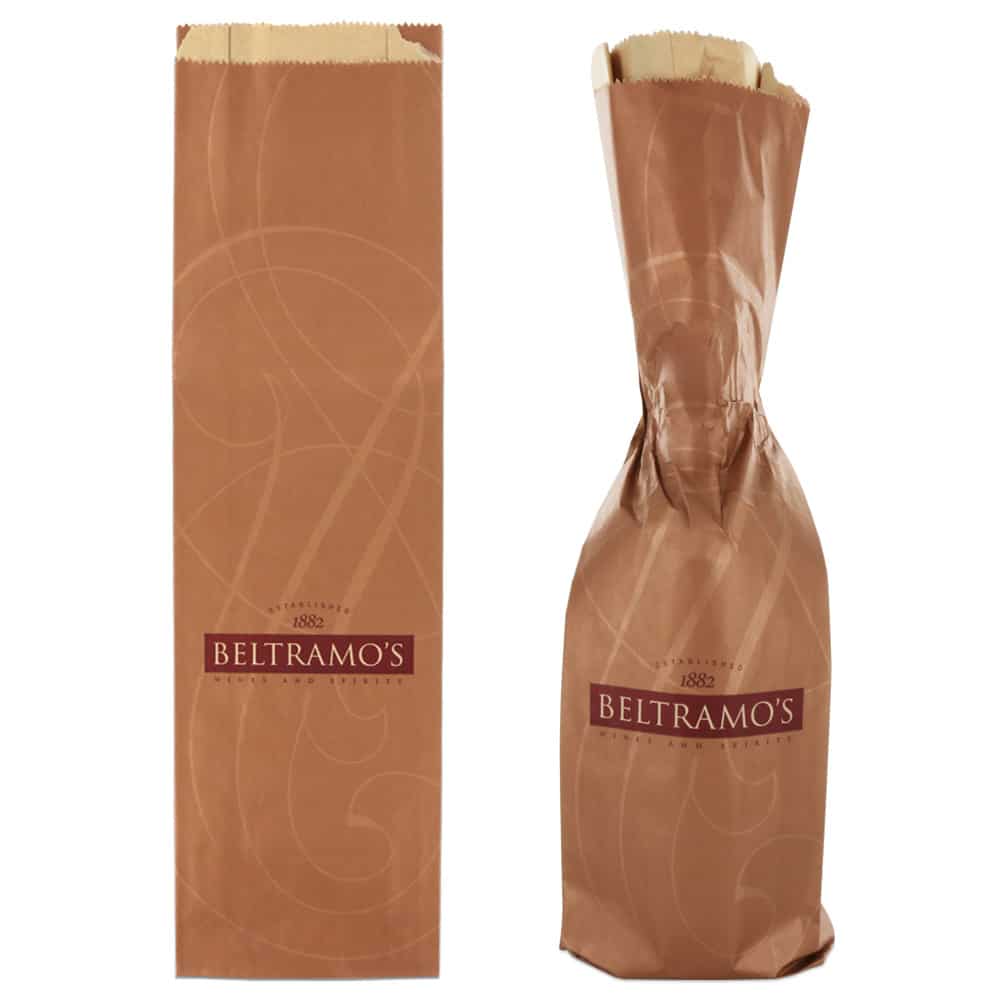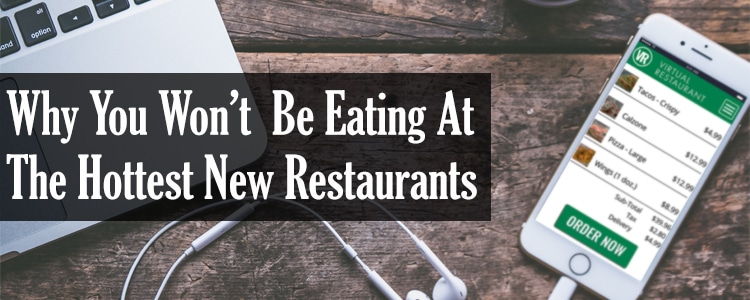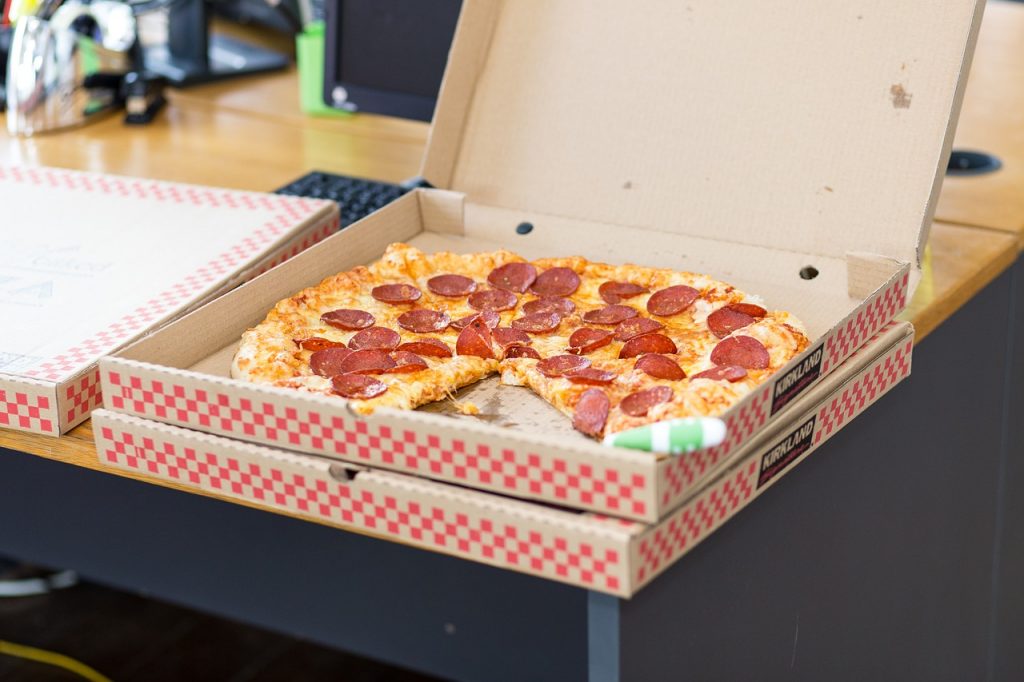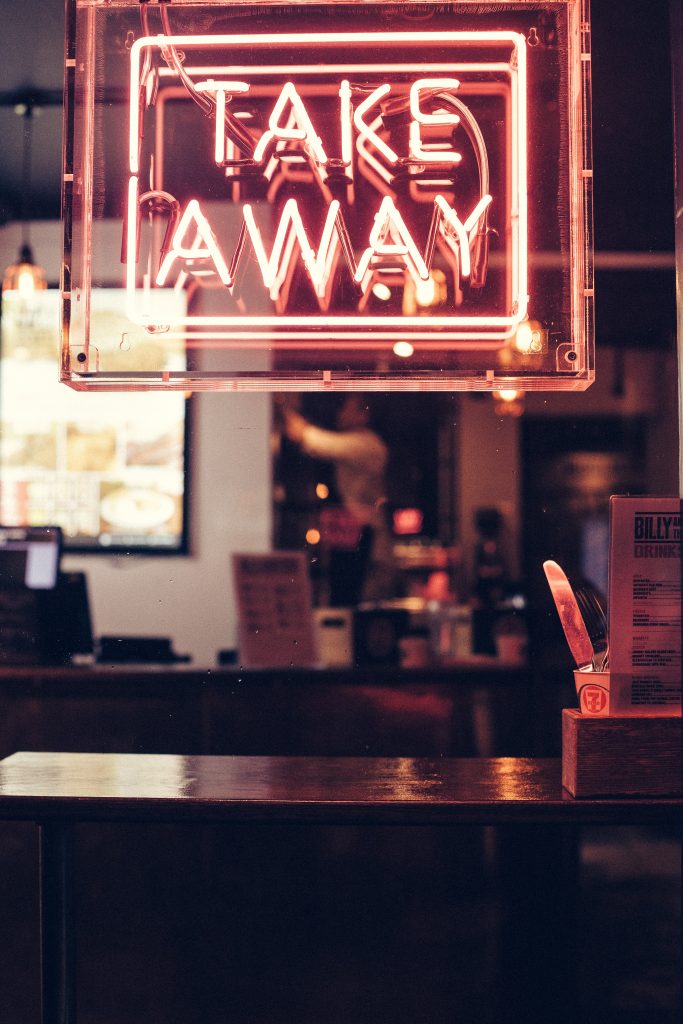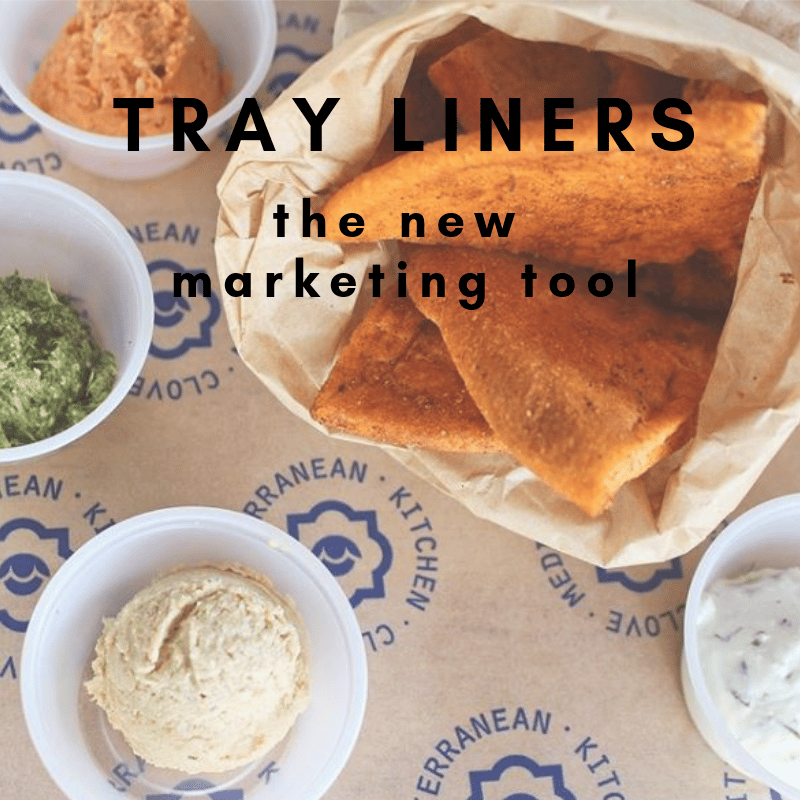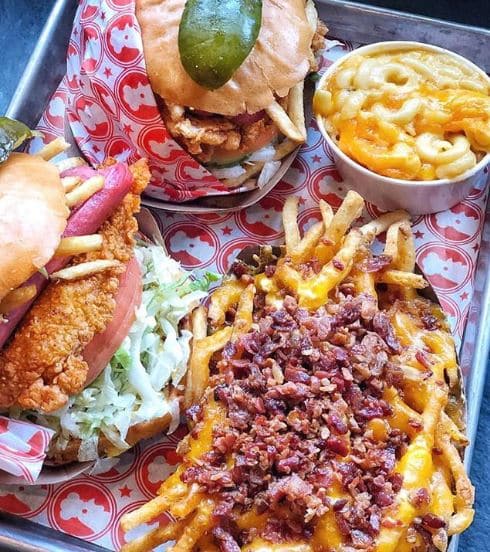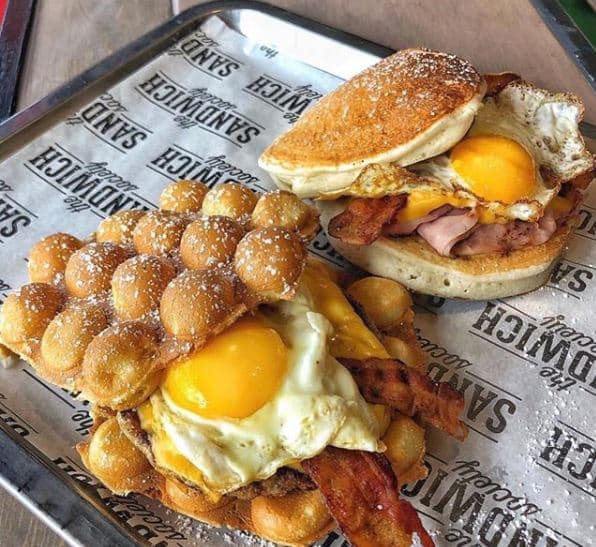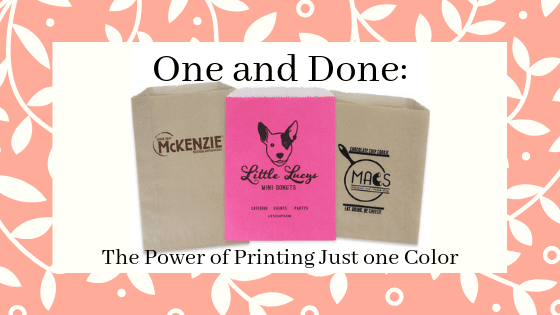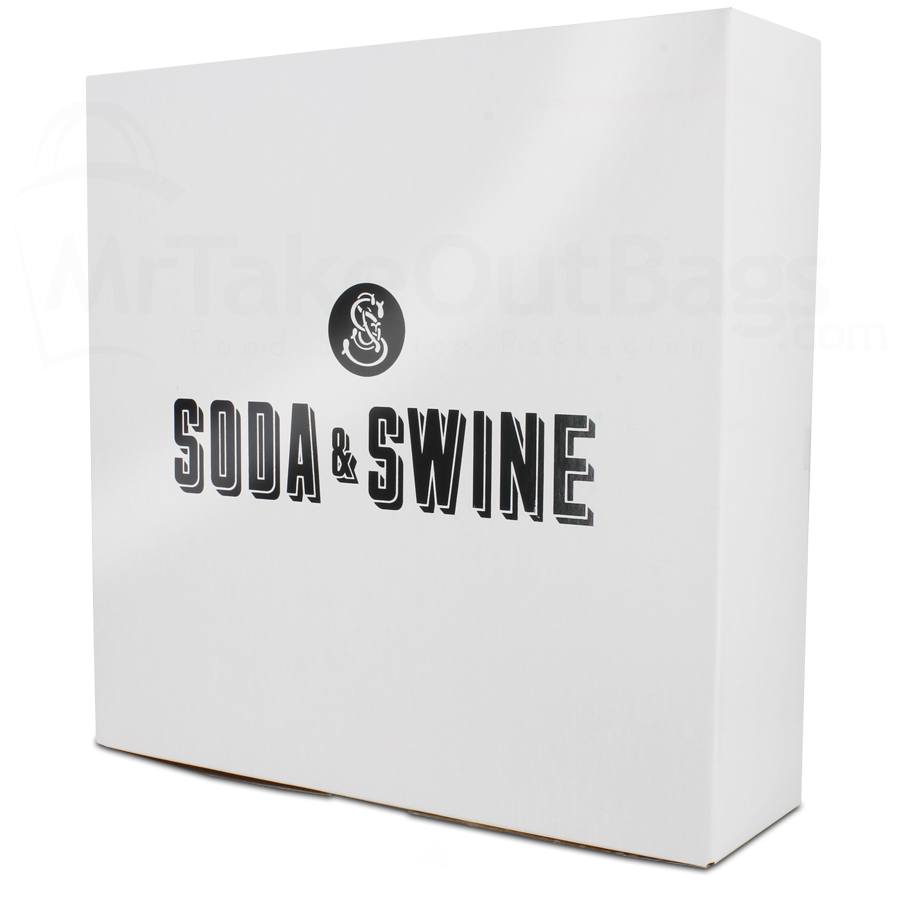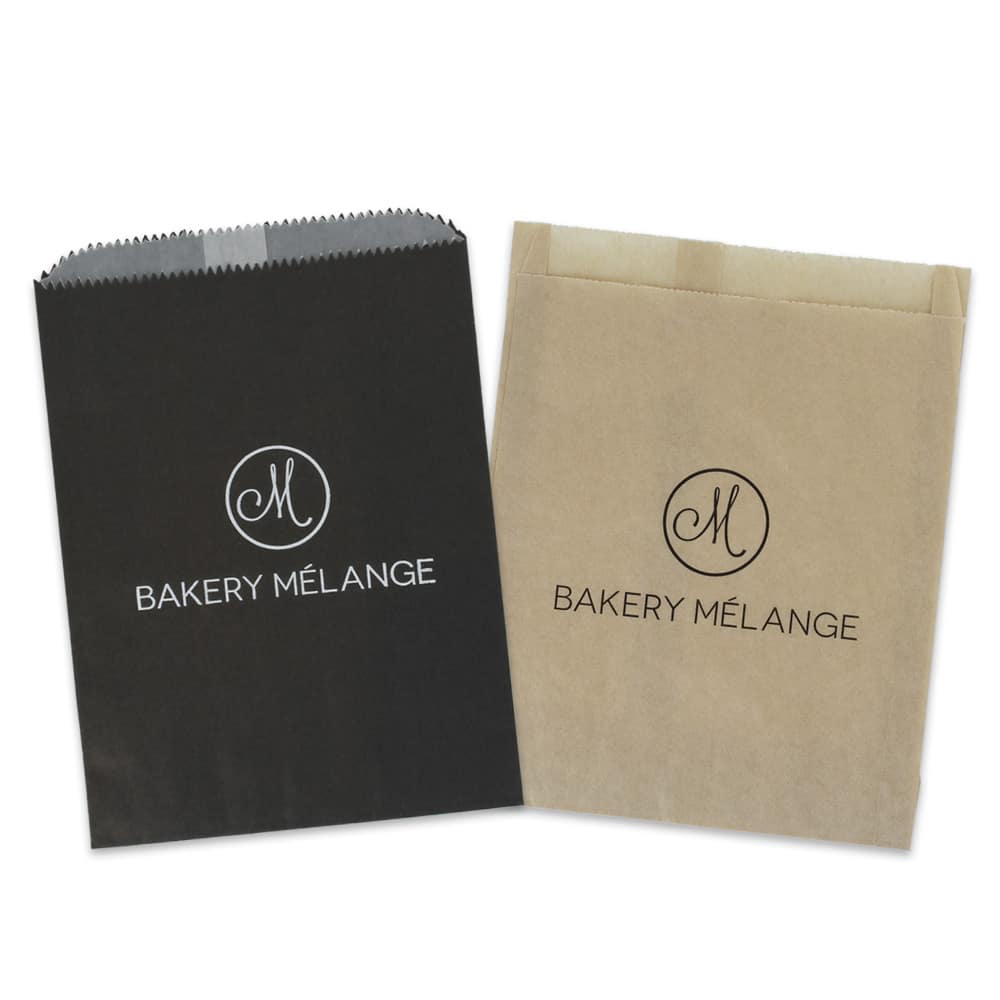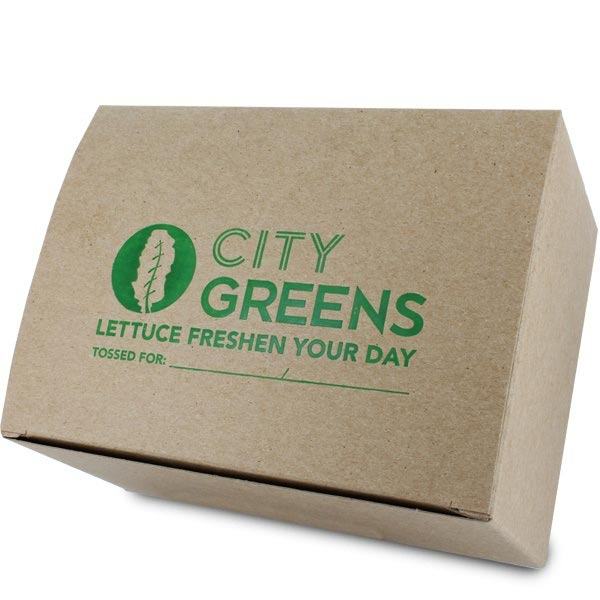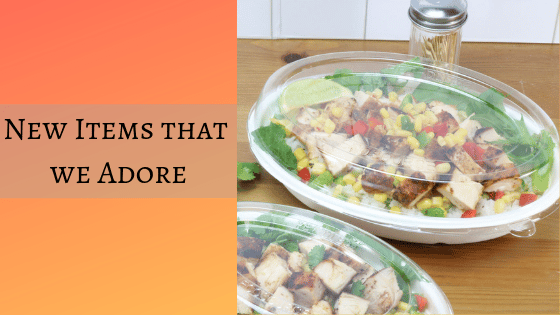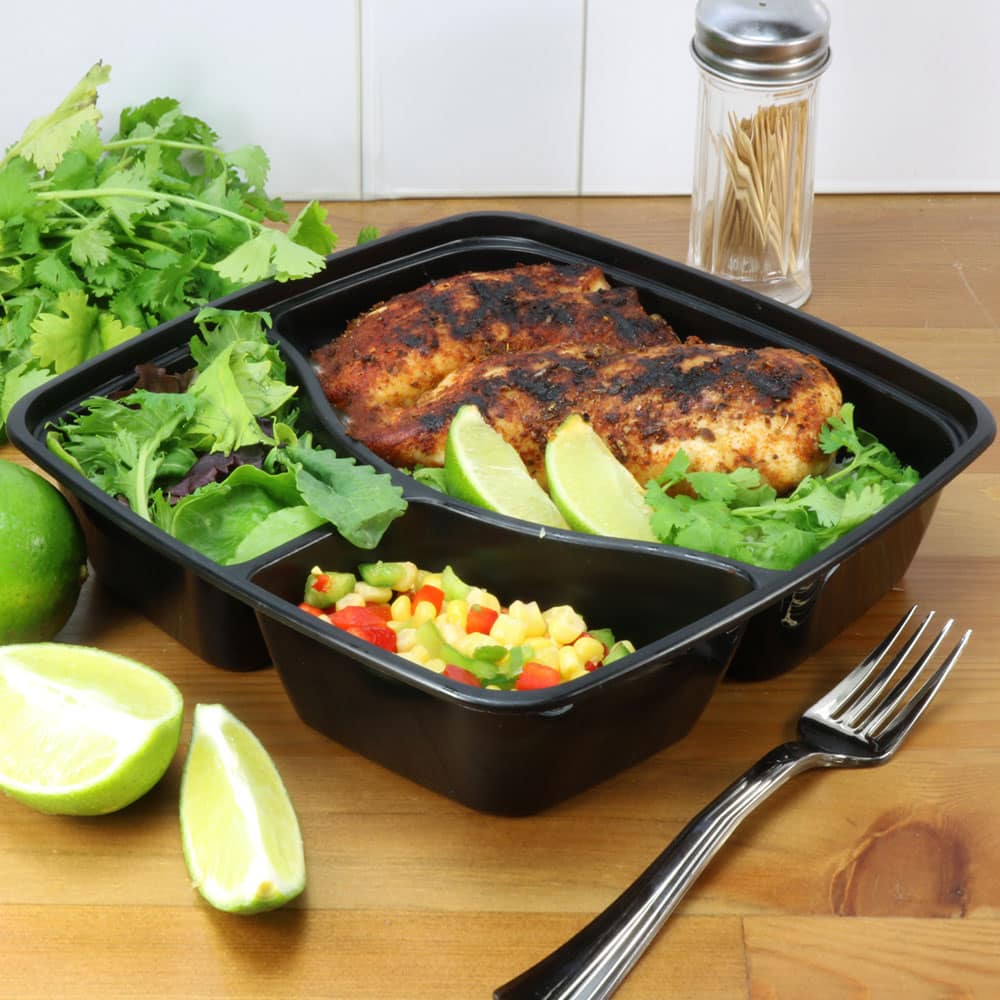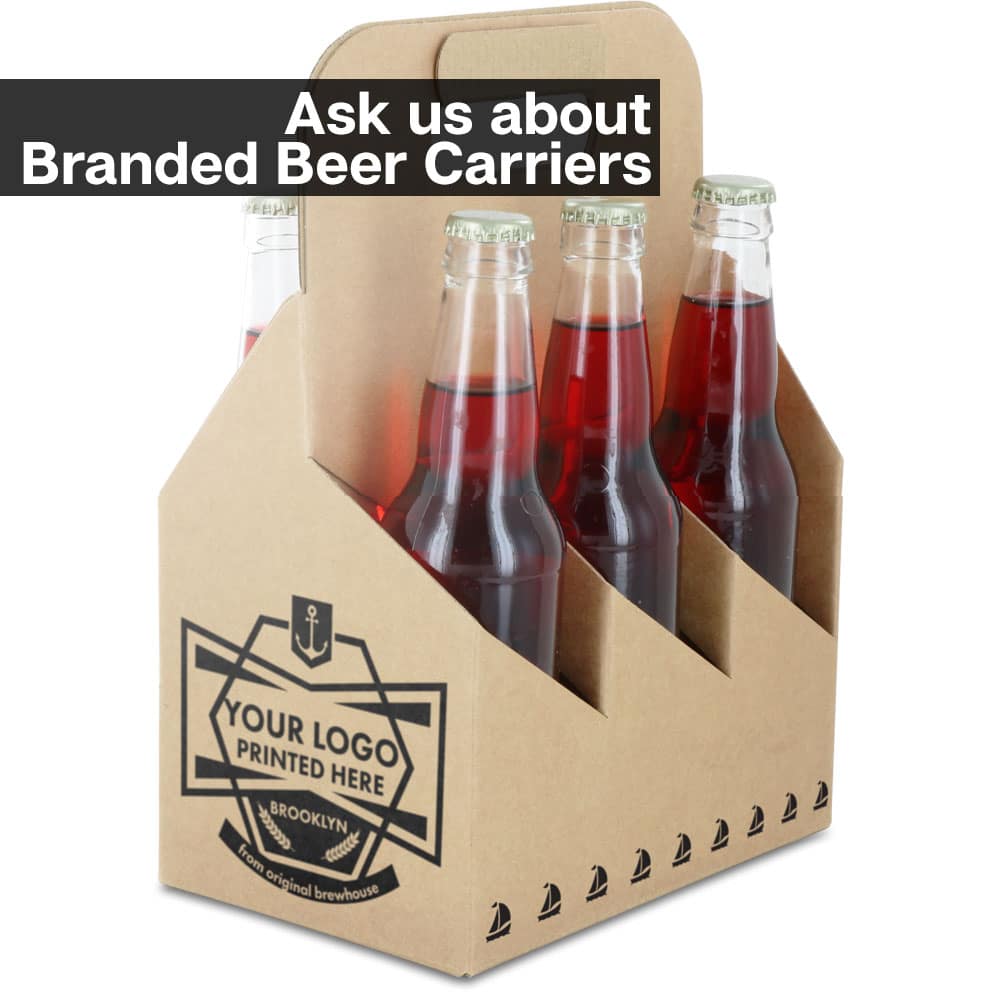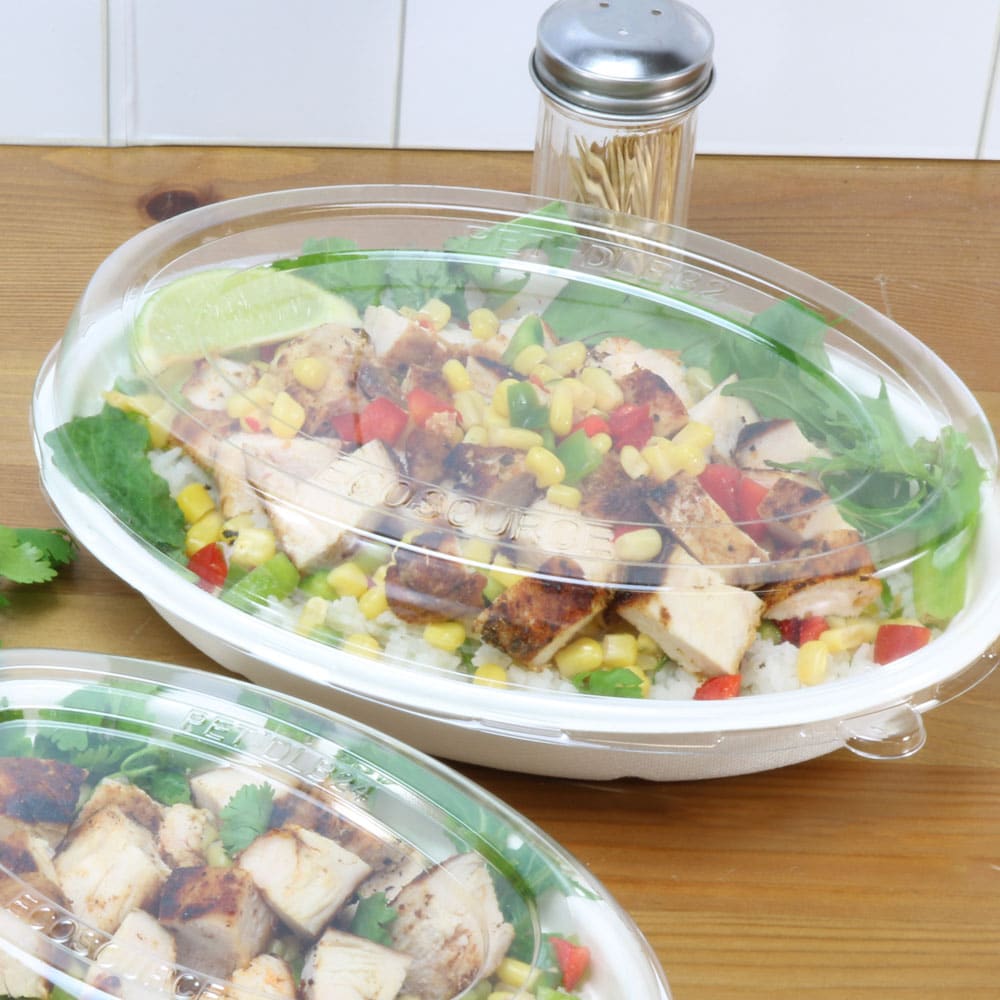We work with a variety of talented and bright business owners and entrepreneurs. There’s no doubt that they’re rock stars at what they do. But they can’t be expected to know everything, right? That’s why we frequently run into customers who struggle to understand what we mean when we say we need “vector artwork” in order to print their logo. We wanted to put together an easy guide to help better understand what it is and why it matters in the printing world.
What is it?
In the simplest terms, vector artwork is clean artwork. When a logo is vectorized, it means that it’s created with specific software (often Adobe Illustrator) to produce high-quality images. To make vector art, the software uses some pretty complicated algorithms, resulting in artwork that is outlined precisely. This outline makes it possible out rework the art as needed for printing.
What does it look like?
It’s easy to spot non-vector, or raster, artwork. Those files will make an image turn blurry when resized. Lines aren’t smooth and details are all but washed away.
Another easy way to tell if you’ve got raster artwork is to take a look at the file type. Files that are .jpg, .gif, .png, .tif will be raster files. Those saved as .ai, .eps, or .svg will be vector art. Note that most PDF’s are vector files, but not all of them are.
Why is it important?
For starters, it allows our art department to alter your logo to the exact right size for printing – all without getting a fuzzy image. If you’re going to put in all the time, energy, and money to have your logo printed on your packaging (or on anything, for that matter) then you definitely don’t want it to look blurry.
So when you’re working with your graphic designer on your company logo, be sure to ask for vector art files. It will save you so much hassle in the long run! Only have raster files? That’s alright, we can still help you out. We can convert nearly any file into print-ready artwork.
Give our Packaging Advisors a call now to chat about getting your business name printed on your company’s most-used packaging.
888-321-2248 Monday through Friday 8:30 a.m. to 6 p.m. EST

